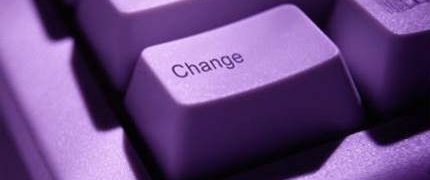The public sector too often thinks of modernization as a series of one-and-done initiatives. The efforts have clear end dates, take place every five or 10 years, require massive funding — and ultimately trap agencies into using outdated IT.
But just as learning is a lifelong process, an organization’s self-improvement should be ongoing, to help ensure that its technology remains effective and efficient and that the costs involved in updating IT are manageable. That means pivoting away from relying on infrequent capital expenditures and instead putting modernization funding into an agency’s annual operating budget, said Damien Eversmann, Chief Architect for Education at Red Hat, which specializes in enterprise open source software development.
Thinking Differently
Beyond finances, an ongoing approach requires a new overall mindset. “The whole point of constant or consistent modernization is that it’s a culture change,” Eversmann said. “It’s something that we start and never stop.”
And it’s agile, responding to needs and opinions in real time, rather than saving them up until some future date when they may be irrelevant. When the unexpected happens, such as the pandemic or the Great Resignation, agencies that consistently modernize can better handle bumps in the road.
Becoming Rock Stars
When software developers adopted an agile approach to product development several years ago, people became specialists in what they did, Eversmann said. He sees the same happening within agencies that constantly improve.
“We’re trying to enable people to become the best at what they do, [and] agencies going forward are going to start seeing these rock star specialists become the new prototype for what people within the organization can accomplish,” he said.
In the Real World
Approximately six years ago, a state institution struggled with high turnover in its IT department. Rather than trying to rebuild the team over and over, the organization began investing in software and other IT automation, with help from Red Hat.
Over the next few years, employees found new and faster ways of accomplishing tasks thanks to the enhanced automation, and the team’s success spread to other state entities, helping tear down information silos.
“Building out automation really enabled the entire IT for that state to be much more efficient, effective and collaborative, and they ended up saving a significant amount of money over time,” said Eversmann.
The takeaway: “Technology is changing and growing, and processes and people should grow and change at the same pace,” Eversmann said. “The only way to do that is to develop a culture of consistent modernization. And the side benefits are awesome because when something unexpected happens, you don’t have people screaming because there’s change in the air: There’s always change in
the air. They’re used to it.”
This article is an excerpt from GovLoop’s virtual summit e-book, “Your Guide for Surviving Disruption With Your Sanity Intact.”






Leave a Reply
You must be logged in to post a comment.